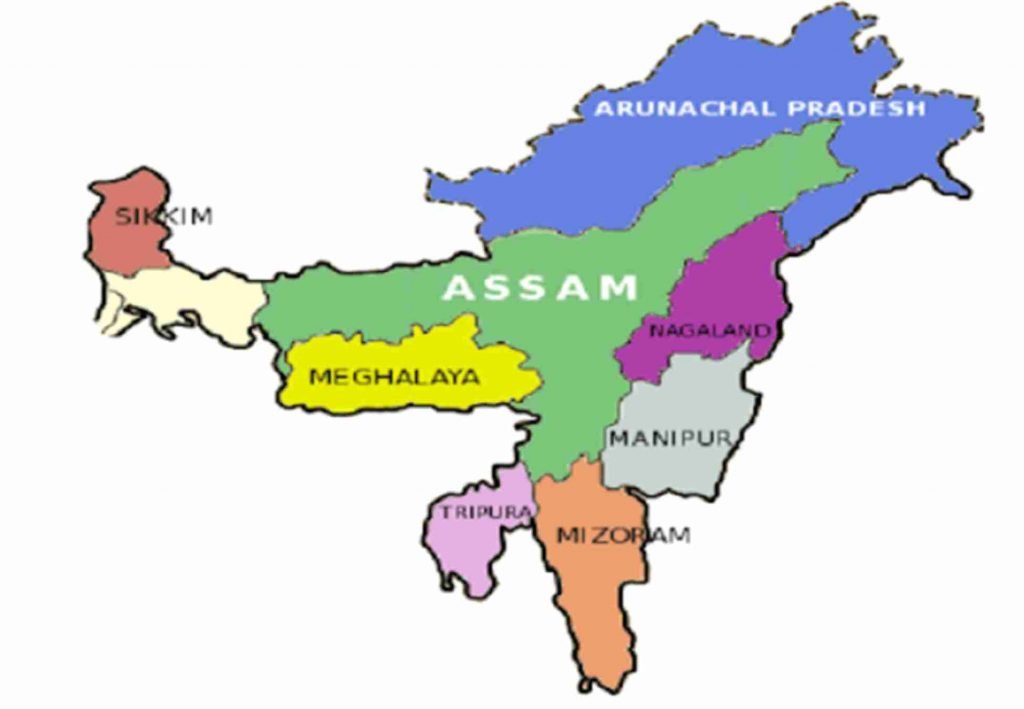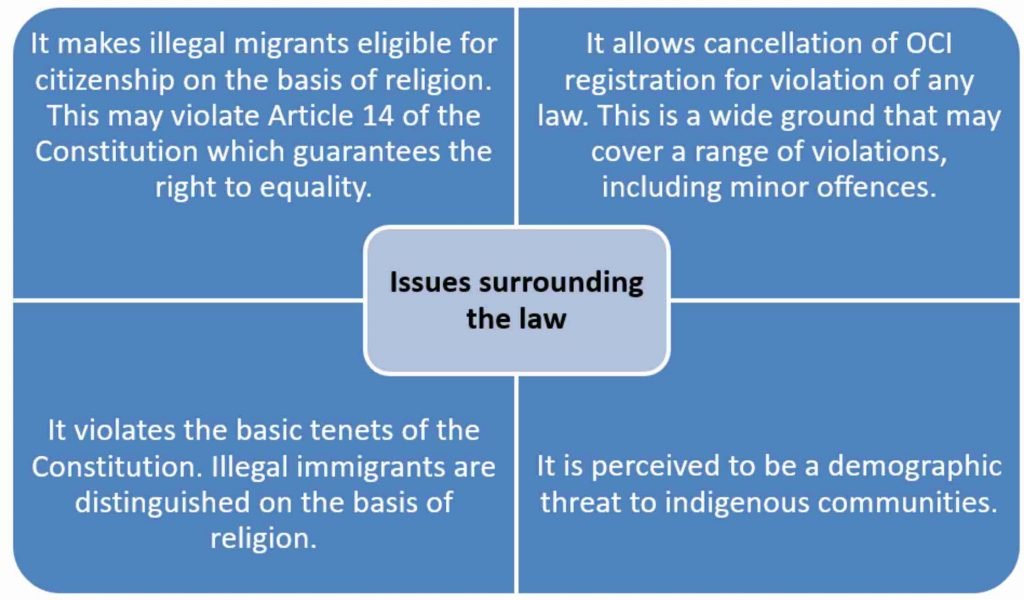NIRF Ranking
Indian Express
GS 1: Education
Context:
- Recently, the Education Ministry launched the sixth edition of the NIRF in which IIT-Madras, IISc-Bangalore, and IIT-Bombay have emerged as the country’s top three higher education institutions.
Highlights:
Rank 1: IISc Bengaluru
Rank 2: JNU
Rank 3: BHU
Rank 4: Calcutta University
Rank 5: Amrita Vishwa Vidyapeetham
Rank 6: Jamia Millia Islamia
Rank 7: Manipal Academy Higher Education
Rank 8: Jadavpur University
Rank 9: University of Hyderabad
Rank 10: Aligarh Muslim University
What is NIRF?
- National Institute Ranking Framework or NIRF is the first-ever effort by the government to rank higher education institutions (HEIs) in the country.
- Before NIRF’s launch in 2016, HEIs were usually ranked by private entities, especially news magazines.
- While participation in the NIRF was voluntary in the initial years, it was made compulsory for all government-run educational institutions in 2018.
- This year, roughly 6,000 institutions have participated in NIRF — about twice the number in 2016.
- In order to be ranked, all education institutions are assessed on five parameters:
- Teaching, learning and resources,
- Research and professional practices,
- Graduation outcomes,
- Outreach and inclusivity, and
- Perception.
- NIRF lists out best institutions across 11 categories – overall national ranking, universities, engineering, college, medical, management, pharmacy, law, architecture, dental and research.
Why did the union government decide to rank HEIs?
- The union government and government-run HEIs were quite upset about their standing in QS World University Rankings and the Times Higher Education World University Ranking.
- In 2015, the then Education Minister had attributed their poor performance in global league tables to subjective ranking methodology.
- India too decided to start its own rankings like China, with parameters that would be more suitable to the Indian context.
- Shanghai Rankings were international in character from the first year itself, the NIRF only ranked Indian HEIs. The long-term plan was to make it an international league table.
Emergency Landing Field on NH925
Indian Express, India Today
GS 3: Security
Context:
- Recently, Defence Minister inaugurated emergency landing on National Highway (NH) 925, which connects Barmer and Jalore towns.
- The C-130 Super Herculese transport aircraft of the Indian Air Force landed in a village called Agarawa in Rajasthan.
About:
- The emergency landing facility (ELF) for Indian Air Force is part of the newly developed two-lane paved shoulder of the Gagariya-Bakhasar and Satta-Gandhav sections, which have a total length of 196.97 km and cost Rs 765.52 crores.
- This is the first time a designated National Highway can be used for emergency landings.
- Located in the western border area, the stretch will facilitate the vigilance of the Indian Army as well as strengthen the basic infrastructure of the country.
- By this, India has sent across a message that it will protect its integrity and sovereignty at all costs.
- The creation of this emergency landing field also instills enthusiasm in the mind, and also a confidence about the country’s safety. It will also play an important role during natural calamities as well.
- Development of highways as landing strips under the Bharat Mala project will improve connectivity between the villages of Barmer and Jalore districts located on the international border.
- There are over 20 other locations identified across the country for similar emergency landing fields. Similar projects are being planned in Punjab, Haryana, West Bengal, Assam, Tamil Nadu amongst others.

BRICS Seeks ‘Inclusive’ Intra-Afghan Dialogue
The Hindu
GS 2: International Relations
Context:
- The 13th BRICS summit held virtually called for an “inclusive intra-Afghan dialogue” for stability in Afghanistan.
About:
- The virtual summit, chaired by Indian Prime Minister, was dominated by the developments in Afghanistan, and adopted the BRICS Counter Terrorism Action Plan.
- With the agreement on Remote Sensing Satellite Constellation between BRICS countries space agencies, a new chapter of cooperation has begun.
- The discussion on Afghanistan at the event attended by the leaders of BRICS was held in the backdrop of the Taliban announcing an interim government in Kabul.
- The document, titled the ‘New Delhi Declaration’, also called for addressing the humanitarian situation in Afghanistan and urged the need to uphold rights of women, children and minorities.
- The meeting gave an opportunity to the BRICS countries to discuss the situation in Afghanistan especially as two of the five members of the organisation — Russia and China — continue to have a diplomatic presence in Kabul where a Taliban interim government is expected to take formal charge in few days.
- BRICS countries are evidently divided on the issue of engagement with the Taliban with Russia and China adopting a proactive policy on the issue.
- The summit emphasised the importance of the principle of “non-interference” in international affairs and said disputes and conflicts should be resolved by peaceful means.
- Apart from Afghanistan, the BRICS leaders also took up the conflicts in Myanmar, Syria, the tension in the Korean peninsula, Israel-Palestine violence and other territorial disputes.
- The summit also discussed the COVID-19 pandemic and the strategy to strengthen counter-pandemic cooperation and multilateral reform.
- The New Delhi Declaration called against playing politics with the pandemic and the COVID-19 virus and urged for a global effort to eradicate the virus.
High TB Deaths
Down to Earth
GS 3: Health
Context:
- According to the report published in the Lancet journal, disruptions caused by COVID-19 pandemic added $290.3 billion (Rs 21.4 lakh crore) to the global cost of tuberculosis (TB) deaths.
- The economic loss due to these deaths was $17·5 trillion in 2020, with south Asia incurring the highest share ($7.1 trillion).
Highlights:
- Most of the overall cost of TB is borne by south Asia and east Asia and Pacific regions.
- The researchers calculated the full-income losses and mean life expectancy losses per person, at birth and at age 35 years, from 2020 to 2050 in 120 countries.
- The United Nations has set a target of 90% reduction in TB deaths from 2015 levels by 2030.
- As many as 18·1 million tuberculosis deaths and $10.2 trillion economic losses can be avoided if the SDG is achieved by 2045.
- Mean life expectancy losses per person, both at birth and at age 35 are the highest in sub-Saharan Africa.
- In 2018, the 1.4 million deaths due to all forms of tuberculosis in 120 countries resulted in $580.1 billion in full-income losses.
- The highest losses ($200.8 billion) were concentrated in sub-Saharan Africa.
- In 2019, about 10 million people developed TB and 1.4 million died, according to the World Health Organization’s Global Tuberculosis Report 2020.
- The analysis was done keeping in mind three scenarios: First, a steady 2% annual decrease in deaths, referred to as the business-as-usual scenario, if the SDG is met by 2030 and by 2045, continuing in the same trajectory till 2050.
- In the business-as-usual scenario, if tuberculosis deaths continue to decline at 2% annually until 2050, 31.8 million deaths can occur from 2020–2050.
- This is the first study to estimate full-income losses due to tuberculosis mortality in 120 countries and to extend these estimates to assess the economic consequences of not meeting the SDG tuberculosis mortality target by 2030.
Inaction:
- It will result in an annual cost of $3 trillion and 5.7 million tuberculosis deaths.
- The cost of inaction is the highest in South Asia, including or excluding people living with HIV.
- The cost of inaction for people living with HIV ($427 billion) is the highest in sub-Saharan Africa and nearly six times that of the next highest region, East Asia and Pacific ($74.2 billion).
Ceasefire with Niki Group
Indian Express
GS 2: Centre-State Relations
Context:
- Recently, the Union Government has entered into a Ceasefire Agreement with the National Socialist Council of Nagaland (K) Niki Group for a period of one year.
About:
- This initiative is a significant boost to the Naga peace process and in line with Prime Minister of India’s vision of ‘insurgency free, prosperous North East’.
- It aims to end all disputes in the Northeast by 2022and usher in a new era of peace and development in the Northeast in 2023.
- Government is enriching the dignity, culture, language, literature, and music of the Northeast.
- Over the years, the government has also signed several peace agreements with military outfits in northeast India.


Citizenship (Amendment) Act, 2019
The Hindu
GS 2: Parliament and State Legislatures
Context:
- The Tamil Nadu Assembly has adopted a resolution, urging the Centre, to repeal the Citizenship (Amendment) Act, 201
- Now, Tamil Nadu has joined states like Kerala and West Bengal in passing resolutions against CAA.
About:
- The state said the law is not in tune with the secular principles laid down in our Constitution and also not conducive to the communal harmony that prevails in India.
Background:
- The Citizenship (Amendment) Act, 2019 (CAA) was notified on December 12, 2019 and came into force from January 10, 2020.
- It seeks to amend the Citizenship Act, 1955.
- The Citizenship Act,1955 provides various ways in which citizenship may be acquired.
- It provides for citizenship by birth, descent, registration, naturalisation and by incorporation of the territory into India.


